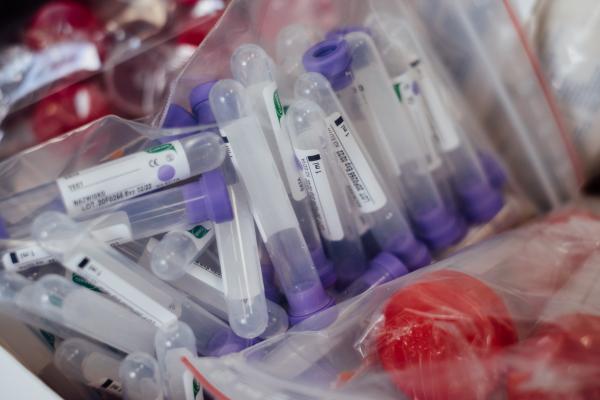By Alesha Capone
The COVID-19 pandemic has caused “widespread deterioration” of people’s health across six municipalities in the north and west of Melbourne, according to a new study.
Data collected from 300 SiSU Health stations – which provide users with a free, self-service health check positioned in pharmacies around the nation– compares users’ pre-pandemic health levels (January 1, 2017 to March 31, 2020) to post-pandemic levels (April 1, 2020 to June 9, 2021) has been collated and released this month.
Altogether, the SiSu stations in Wyndham, Hobsons Bay, Brimbank, Melton, Hume and Whittlesea recorded 17,889 pre-COVID users and 5723 post-COVID users.
The machines recorded the following figures across the municipalities:
-In Wyndham, the number of overweight or obese users rose from 65.1 per cent pre-pandemic to 70 per cent post-pandemic.
-In Hobsons Bay, high blood pressure rose from 12 per cent pre-pandemic to 20.2 per cent post-pandemic. The figure rose to 17.4 per cent in both Wyndham and Melton, compared to below 14 per cent pre-pandemic.
-The number of smokers in Hume rose from 17.3 per cent pre-COVID to 23.8 per cent pst COVID. In Melton, smoking rose from 14.4 per cent to 19.6 per cent.
-The risk of developing type 2 diabetes within the next five years, based on the Australian Type 2 Diabetes Risk Assessment Tool developed by the Department of Health, increased from 28.2 per cent to 31.9 per cent in Wyndham, 25.2 per cent to 28 per cent in Brimbank and 23.4 per cent to 25.9 per cent in Hobsons Bay.
SiSU Health founder and managing director Noel Duncan said that by painting a picture of population health and trends, real-time health data allowed governments and organisations to invest in information campaigns and research that could make a difference to community health outcomes.
“The COVID pandemic has certainly impacted the health of the citizens in Melbourne’s north and western suburbs, like much of Australia,” Dr Duncan said.
“Whilst there are differences in risk baselines across these LGAs [local government areas] – the data indicates widespread deterioration in health risk rates.
“This will require concerted focus and effort to address and reverse over coming years particularly since these LGAs are home to 1.2 million people.”







